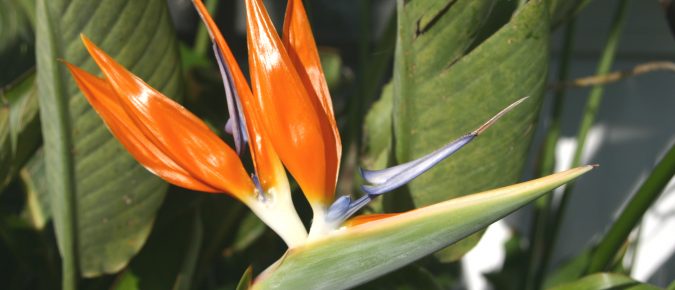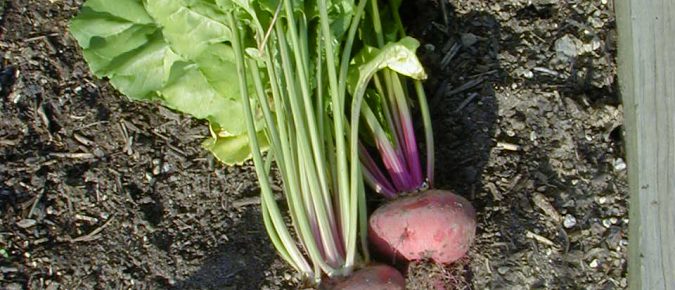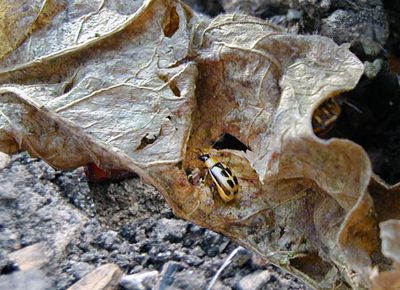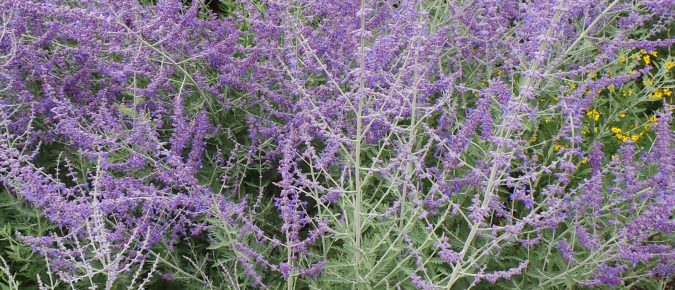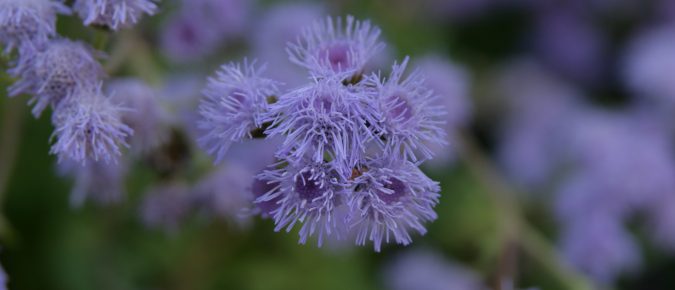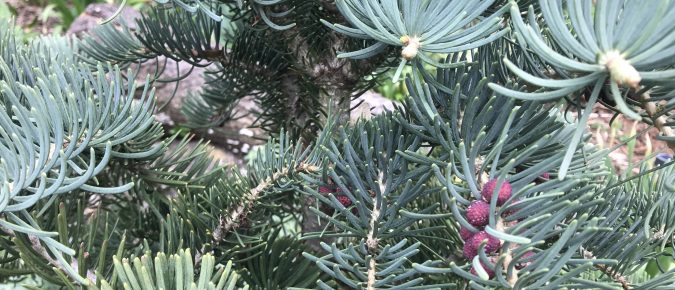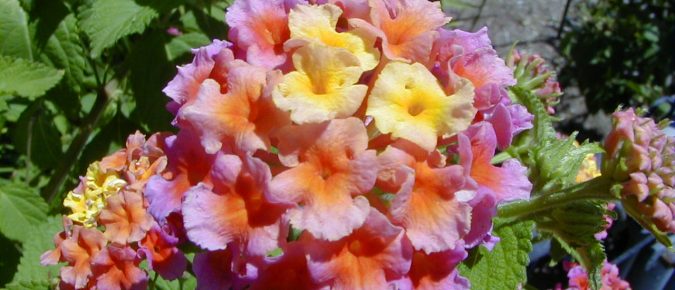The iconic, stereotypical flower of the tropics – bird of paradise – isn’t really a tropical plant at all – Strelitzia reginae is from subtropical southern Africa! But there’s no denying it has a very exotic bloom that looks tropical. Although it won’t survive outdoors in the midwest, it can be grown as an indoor or patio plant. To learn more about this interesting flower, read this article…
Beets are an easy crop to grow in the home garden, but they don’t have to be plain red. ‘Chioggia’ is a colorful red and white heirloom variety, often sweeter than other varieties. Learn more about this beet in this article…
Are your green bean plants being chewed up, with lots of round holes in the leaves and nibble marks on the pods? The most likely culprit is bean leaf beetle, a chrysomelid pest that tends to be more common in the southeast, but has outbreaks in southern Wisconsin after mild winters. To learn more about this insect pest and what to do about it, read this article…
With airy purple-blue flowers and gray-green leaves, Russian sage is a nice addition to the late summer garden. This semi-woody plant can be used as a substitute for lavender where it is too cold to grow that plant reliably. It combines well with ornamental grasses and white-flowered perennials. Learn all about Russian sage in this article.
Not many bedding plants boast blue flowers. Ageratum flowers come in a variety of blue, pink and purple tones and various heights. The soft fuzzy flowers are dainty and feathery, often delightfully fragrant, and usually completely cover the plants. To learn more about this easy-to-grow, tender annual, read this article…
Native to the western US, concolor fir is a great evergreen tree for the Midwestern landscape. To learn more about concolor fir, read this article…
Lantana is a tender perennial shrub that’s grown as a flowering annual in colder climates. The species may have rangy habits, but newer ornamental types are compact, more floriferous and come in a variety of colors. To learn more about this plant, read this article…

